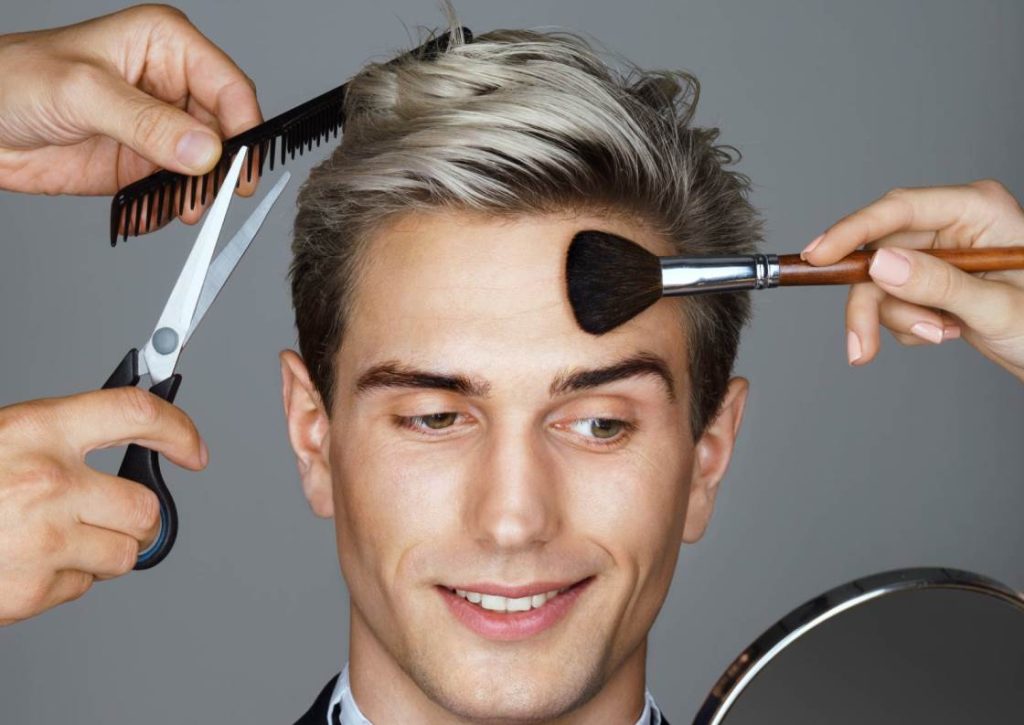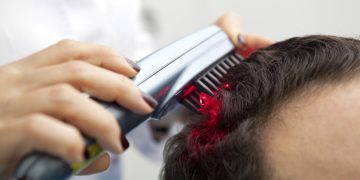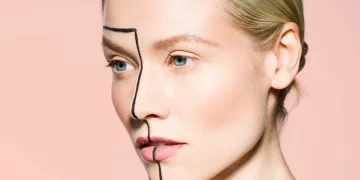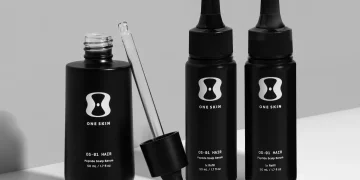For generations, male hair loss was often treated as an inevitability, a genetic fait accompli to be accepted with stoic resignation or concealed under a hat. The solution, if sought at all, was typically a solitary, private transaction—a hairpiece or a clandestine prescription. Today, that narrative is undergoing a radical and very public rewrite. A profound cultural shift is underway, one where men are not just addressing hair loss, but actively investing in holistic “hair wellness” as a core component of their personal grooming, professional identity, and overall well-being. This is more than a trend; it’s a movement fueled by medical advancements, evolving gender norms, and a new economic reality.
This article delves into the powerful convergence of factors driving this change. We will explore the technological revolution in hair transplants that has made restoration more accessible and natural-looking than ever, examine the science and marketing behind the booming market of DHT blockers, and analyze the broader cultural grooming shifts that have reframed hair care from a vanity project to an essential aspect of modern masculinity.
The Technological Transformation: Hair Transplant Trends Go Mainstream
The single greatest catalyst for the male hair wellness boom is the dramatic evolution of hair restoration surgery. The days of the obvious, “pluggy” hair transplants of the past are long gone, replaced by sophisticated techniques that deliver undetectable, natural results. This technological leap has transformed the procedure from a last-resort secret to a viable, mainstream option for millions of men.
The gold standard today is Follicular Unit Extraction (FUE). Unlike the older strip method (FUT), which involved removing a linear strip of scalp, FUE involves individually harvesting follicular units—natural groupings of 1-4 hairs—directly from the donor area at the back and sides of the head using a tiny, motorized punch tool.
The impact of FUE cannot be overstated:
- Minimal Scarring: FUE leaves tiny, dot-like scars that are virtually invisible, even with a very short haircut. This eliminates the primary fear associated with older methods and aligns perfectly with contemporary short hairstyles.
- Reduced Downtime and Discomfort: The procedure is less invasive than FUT, leading to a faster recovery and less post-operative pain.
- Natural Results: By transplanting hair in its natural follicular units, surgeons can recreate hairlines and density that mimic nature, making the work undetectable.
Furthermore, the rise of celebrity and influencer transparency has been a powerful marketing force. When public figures like Wayne Rooney and Elon Musk openly discuss or visibly undergo hair transplants, it destigmatizes the process for the average man. It moves the conversation from shame to solution, framing it as a proactive, smart investment in one’s appearance, akin to orthodontics or cosmetic dentistry. Clinics now offer financing plans, making the significant cost more manageable and further fueling demand. The transplant is no longer a desperate act but a calculated decision in a man’s broader self-improvement portfolio.
The Pharmaceutical Frontline: The Science and Surge of DHT Blockers
While transplants address the visual outcome of hair loss, the pharmaceutical approach targets the biological root cause: Dihydrotestosterone (DHT). For genetically susceptible men, DHT, a derivative of testosterone, binds to receptors in hair follicles on the scalp, gradually miniaturizing them until they produce only fine, vellus hairs or stop producing hair altogether.
The understanding of this mechanism has fueled a massive market for DHT-blocking solutions, available by prescription and over-the-counter.
- Finasteride (Propecia): This prescription pill is a 5-alpha-reductase inhibitor, meaning it blocks the enzyme that converts testosterone to DHT. It is clinically proven to halt or significantly slow hair loss in the vast majority of men and can stimulate some regrowth in others. Despite concerns about potential side effects, which are rare and often reversible, its efficacy has made it a cornerstone of medical hair loss treatment for decades.
- The Rise of Topical Alternatives and “Cosmeceuticals”: Fear of side effects and a growing preference for non-systemic solutions have driven demand for topical finasteride and a new generation of potent cosmeceuticals.
- Topical Finasteride & Dutasteride: These formulations aim to deliver the DHT-blocking power directly to the scalp, minimizing systemic absorption and potential side effects. Early studies show promising efficacy.
- Advanced Serums: The market is now flooded with serums that go beyond basic vitamins. They often contain a cocktail of ingredients like:
- Stemoxydine: Marketed to help “awaken” dormant follicles.
- Redensyl, Capixyl, Procapil: These are complexes designed to target different pathways of the hair growth cycle, from reducing inflammation to stimulating follicle energy.
- Saw Palmetto: A natural botanical extract believed to function as a mild DHT blocker, commonly found in non-prescription supplements and shampoos.
This proliferation of options has empowered men to take a proactive, pharmaceutical approach to hair loss at an earlier stage. They are no longer waiting until they are “bald enough” for a transplant; they are using these medical tools to preserve what they have, making “hair wellness” a lifelong, preventative regimen.

The Cultural Shift: Grooming, Identity, and the Modern Man
Underpinning the medical and technological drivers is a fundamental cultural reset in how masculinity is defined and performed. The rigid, 20th-century model that equated self-care with vanity has been dismantled.
- The Metrosexual to Self-Care Evolution: The early 2000s “metrosexual” trend cracked the door open, making it acceptable for men to be interested in fashion and grooming. Today, that has evolved into a full-blown “self-care” movement that encompasses mental, physical, and aesthetic well-being. Taking care of one’s appearance is now framed as a component of confidence, success, and mental health, not a sign of weakness or vanity.
- The “Professional Premium”: In a competitive, image-conscious global economy, a full head of hair is often subconsciously associated with youth, vitality, and competence. Men in their 30s, 40s, and 50s—the prime of their careers—are investing in hair wellness as a strategic professional asset, believing it can impact perceptions in the workplace and extend their perceived career runway.
- The Digital Mirror: Social media, video conferencing, and the selfie culture have made men more aware of their appearance than any previous generation. They are constantly seeing their own image, often from unflattering angles, and comparing themselves to peers and influencers online. This constant visual feedback loop creates a powerful incentive to maintain a groomed and youthful appearance, with hair being a central feature.
- The Boom of the Male Grooming Market: The entire ecosystem has matured to support this shift. Barber shops have evolved into social hubs and wellness spaces. Aisle upon aisle in stores and countless online brands are dedicated solely to male-specific hair care, from thickening shampoos and scalp scrubs to texturizing sprays and maintenance products for transplanted hair. This normalization of a sophisticated hair care routine makes the leap to medical treatments like DHT blockers and transplants feel like a natural next step, not a radical departure.
Conclusion: Hair as a Holistic Investment
The surge in male investment in hair wellness is not a fleeting vanity trend. It is a logical response to a perfect storm of enabling factors: medical science has provided effective solutions, technology has made them desirable and accessible, and culture has granted full permission for men to care.
Today’s man views his hair not as a passive genetic inheritance, but as an active project—a component of his identity that he can manage and optimize. He is a consumer, a researcher, and an active participant in his hair health journey. He invests in DHT blockers as preventative medicine, considers a hair transplant a calculated aesthetic upgrade, and follows a detailed grooming regimen as part of his overall self-care. In doing so, he is redefining masculinity to include not just strength and stoicism, but also the confidence that comes from taking proactive control of one’s own appearance and well-being.













































